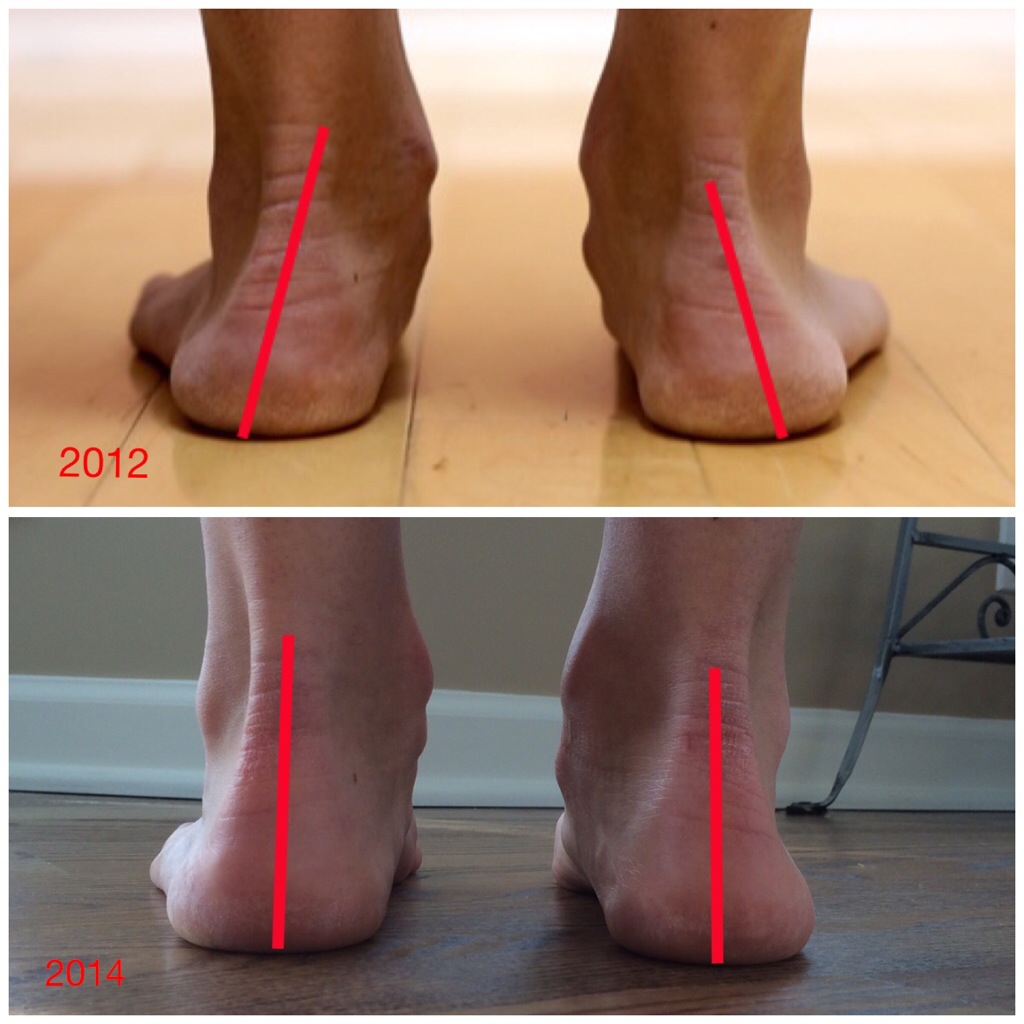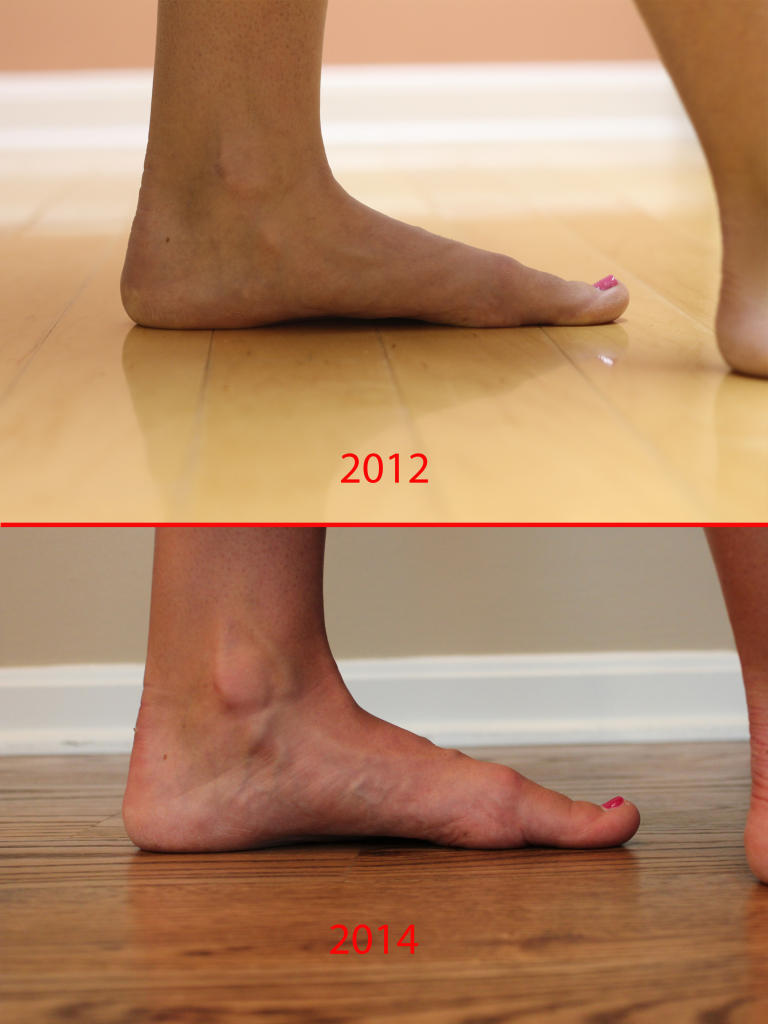Understanding Flat Feet
Flat feet, medically known as pes planus or fallen arches, is a condition where the arches of the feet are not clearly visible when standing. This condition affects a significant portion of the population and can lead to various issues if not managed properly. According to the American Academy of Orthopedic Surgeons, flat feet can be congenital or develop over time due to factors such as aging, injury, or obesity. Understanding the implications of flat feet is crucial for maintaining overall foot health and preventing complications.

The Impact of Flat Feet on Daily Life
Individuals with flat feet often experience discomfort and pain, particularly in the arches and heels. This can significantly impact daily activities and even lead to more severe conditions such as plantar fasciitis or arthritis. A study published in the Journal of Foot and Ankle Research highlights that proper footwear and orthotic devices can alleviate these symptoms. It is essential for those with flat feet to seek appropriate solutions to enhance their quality of life.

Exploring Minimalist Shoes
Minimalist shoes, characterized by their thin soles and flexible design, have gained popularity as a potential solution for flat feet. These shoes aim to mimic the natural movement of the foot, promoting better alignment and reducing strain. According to a review in the British Journal of Sports Medicine, minimalist shoes can improve foot strength and function over time. However, it is crucial to transition into these shoes gradually to avoid injury.

Benefits and Considerations
While minimalist shoes offer several benefits, including enhanced foot strength and reduced pressure on the arches, they are not suitable for everyone. Individuals with severe flat feet or existing foot conditions should consult with a healthcare professional before making the switch. Dr. Nicholas Romanov, a renowned sports scientist, emphasizes the importance of proper technique and gradual adaptation when using minimalist shoes. This approach ensures that the feet are adequately supported and protected.

Choosing the Right Footwear
Selecting the appropriate footwear is crucial for managing flat feet effectively. Shoes with good arch support, cushioning, and flexibility can provide the necessary comfort and stability. A study from the University of California, Berkeley, suggests that custom orthotics can be particularly beneficial for those with flat feet. These orthotics are designed to fit the individual’s foot precisely, offering optimal support and alignment.

Practical Tips for Managing Flat Feet
In addition to choosing the right footwear, there are several practical tips to manage flat feet effectively. Regular stretching exercises, particularly for the Achilles tendon and calf muscles, can help reduce pain and improve flexibility. Maintaining a healthy weight and avoiding high-impact activities can also alleviate pressure on the feet. Dr. Emily Splichal, a podiatrist and author, recommends incorporating these practices into daily routines for better foot health.

